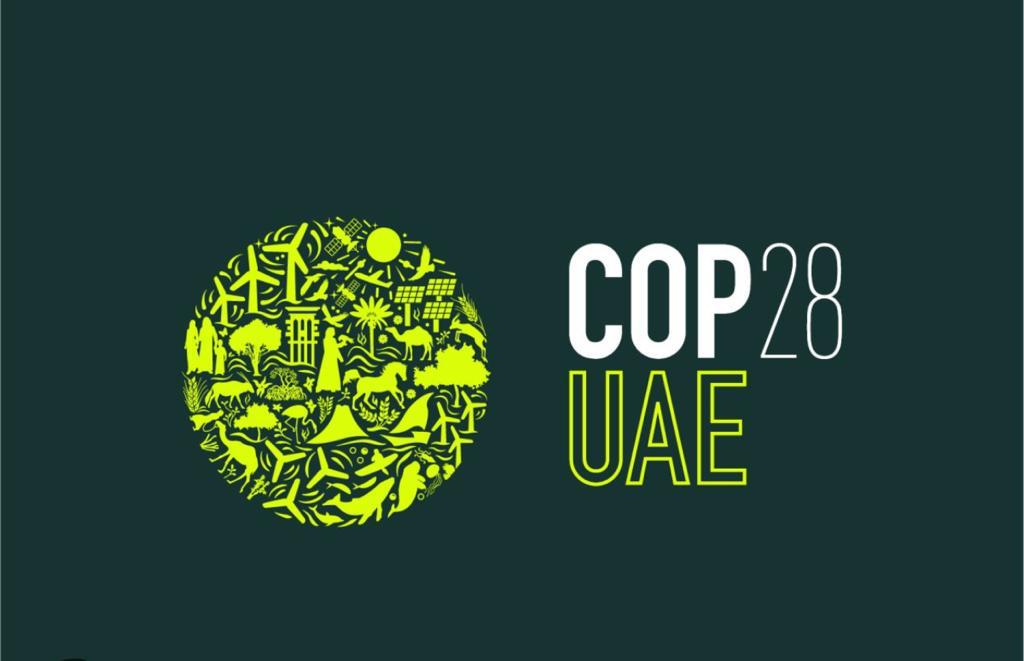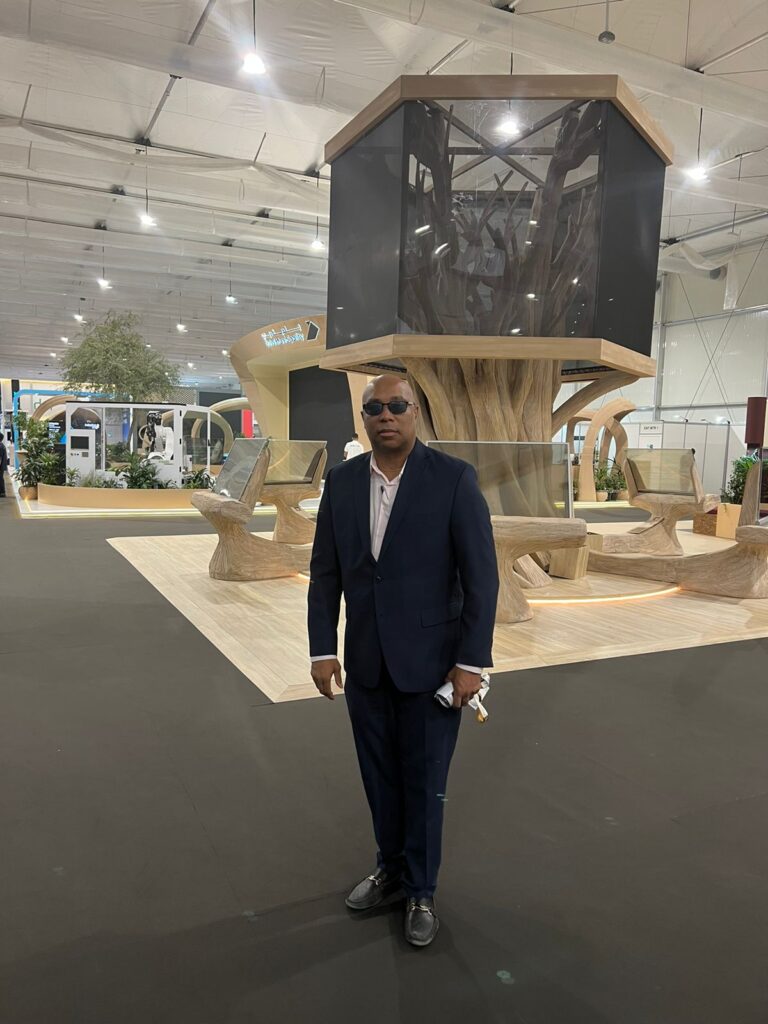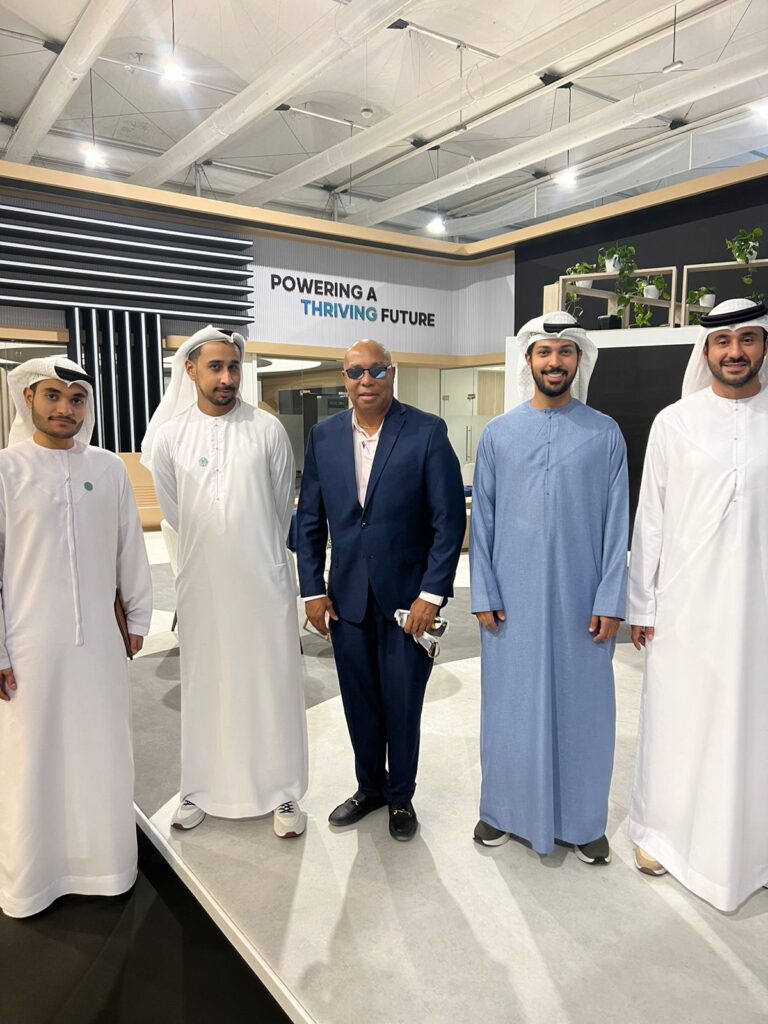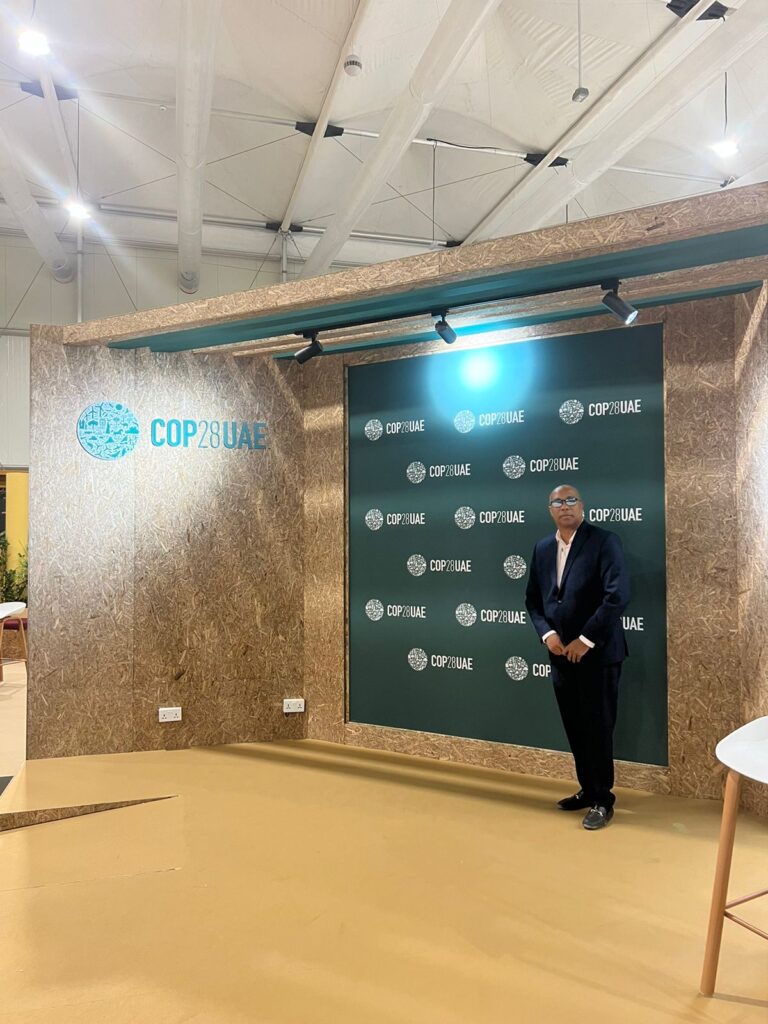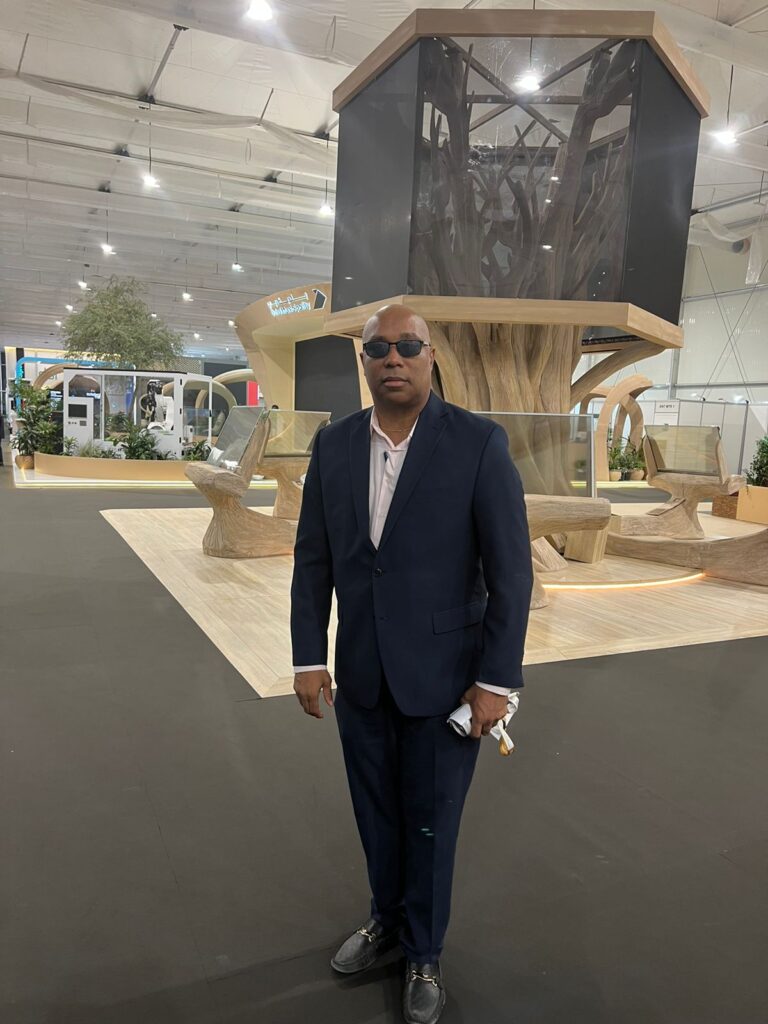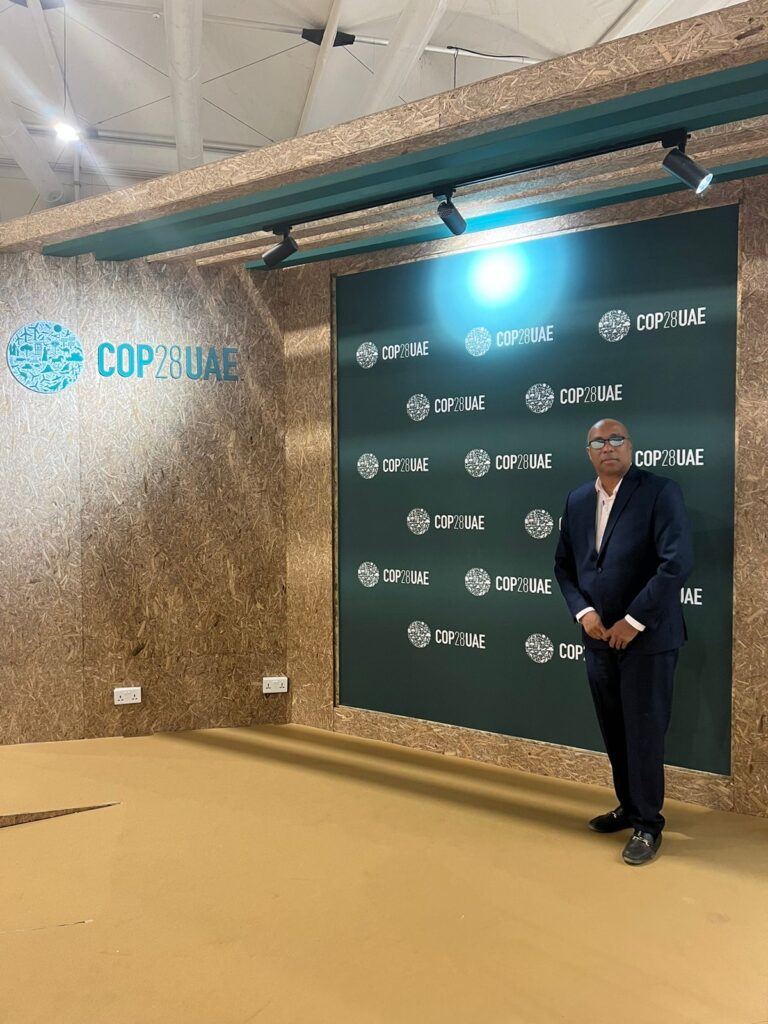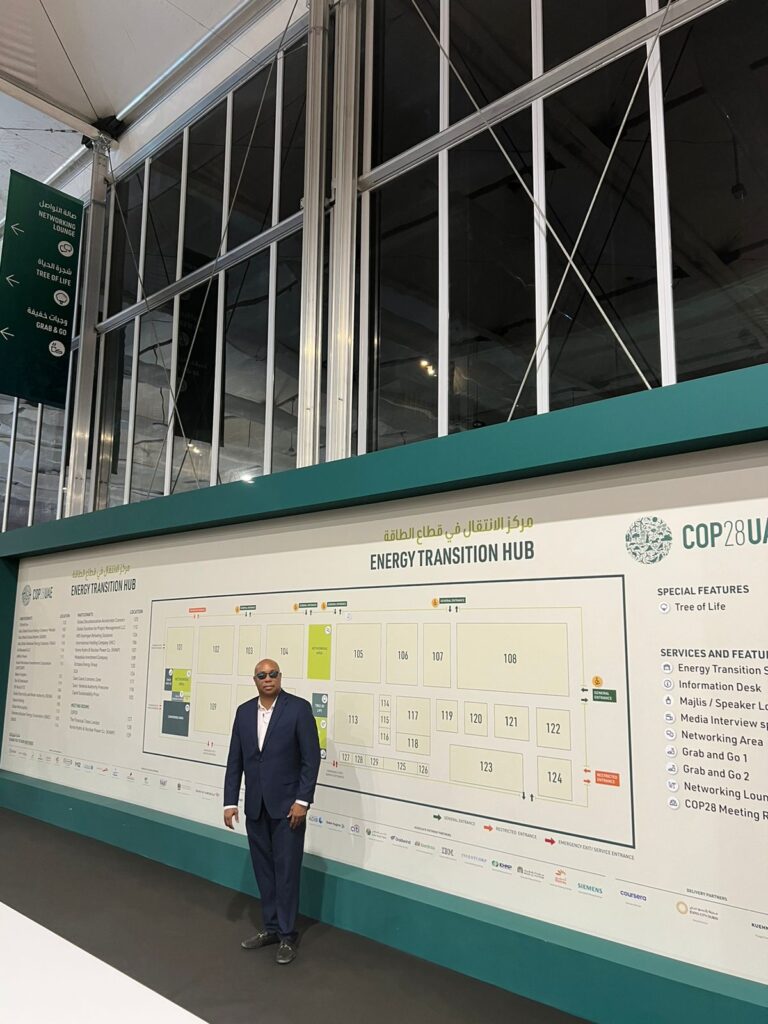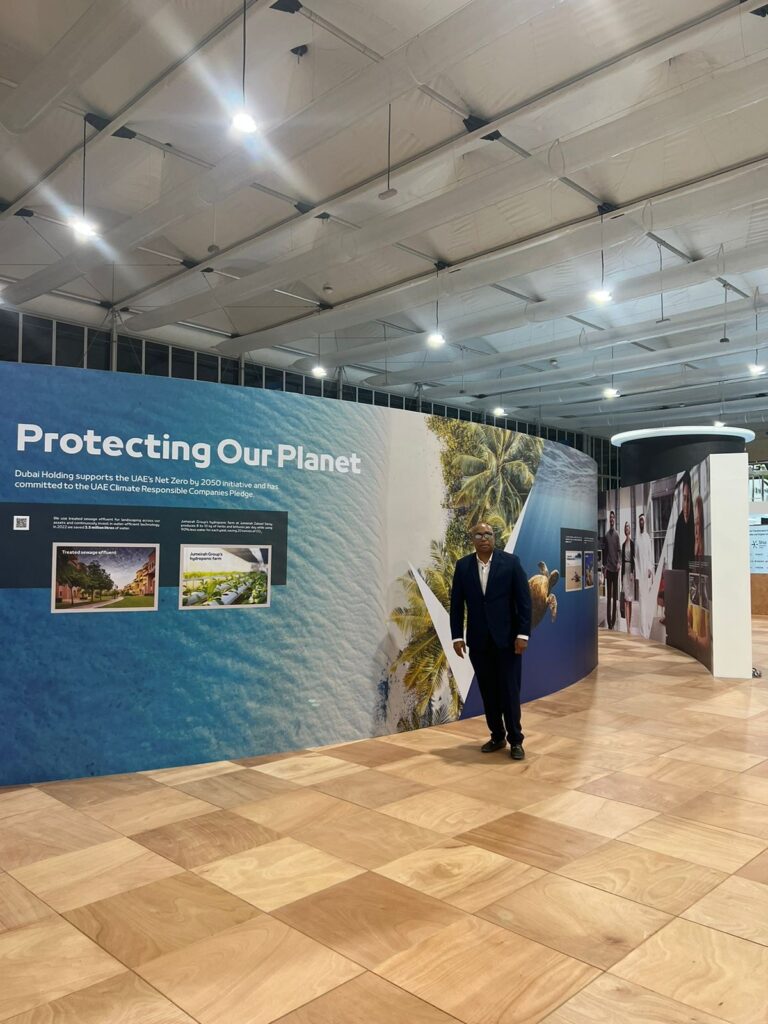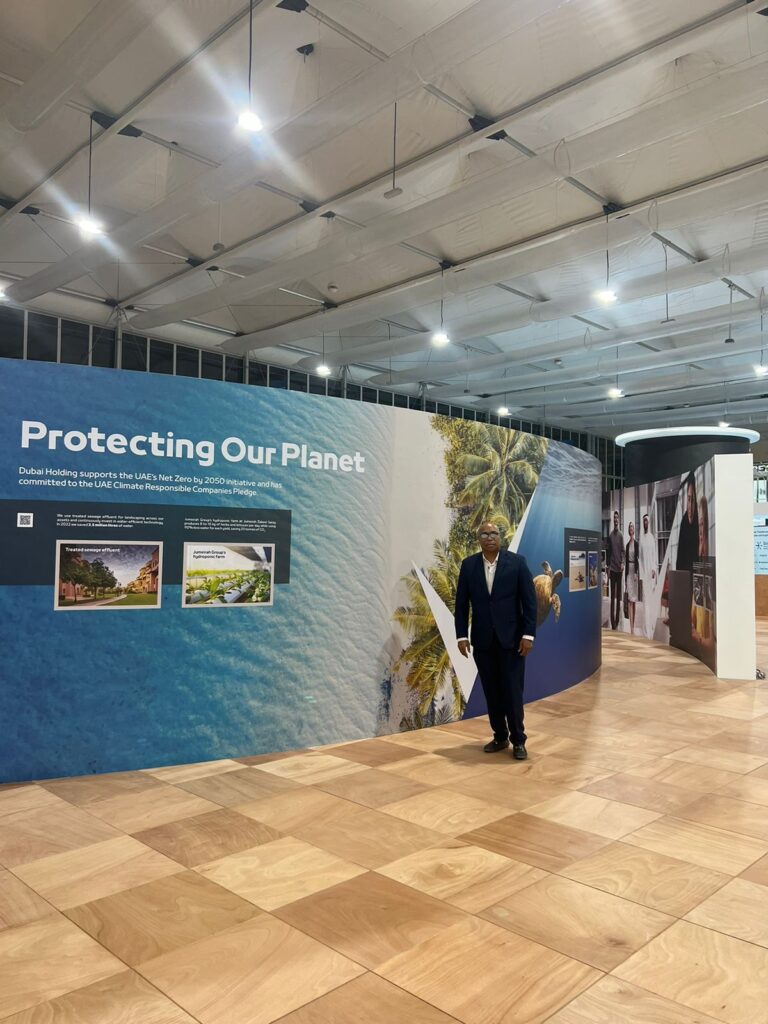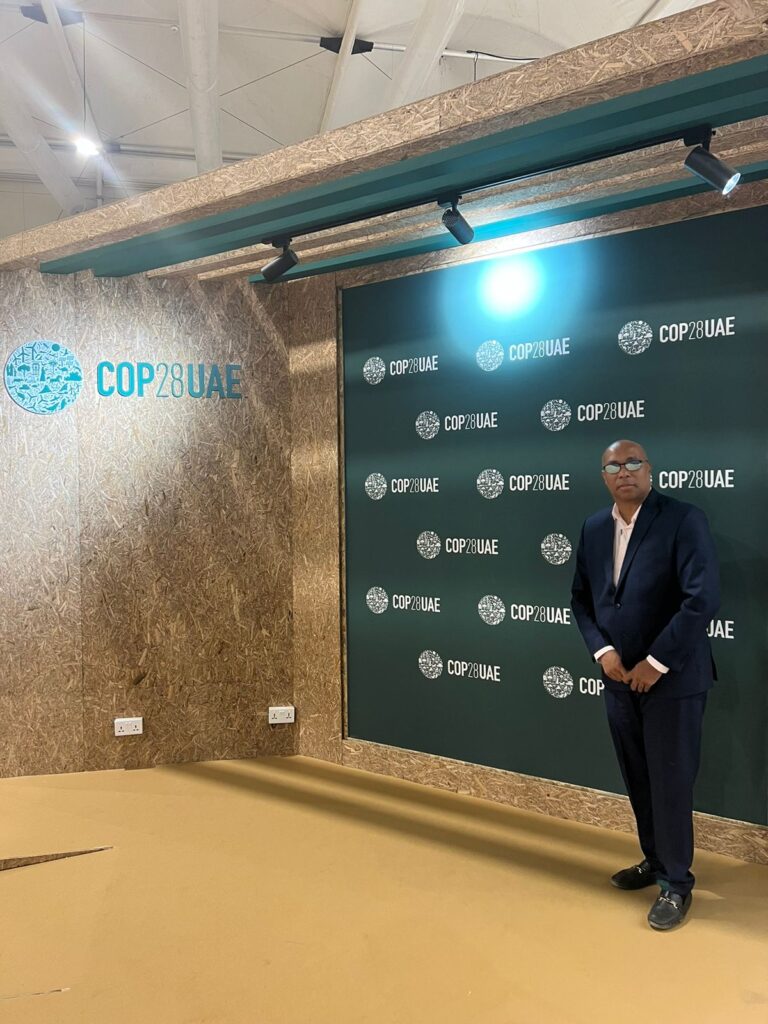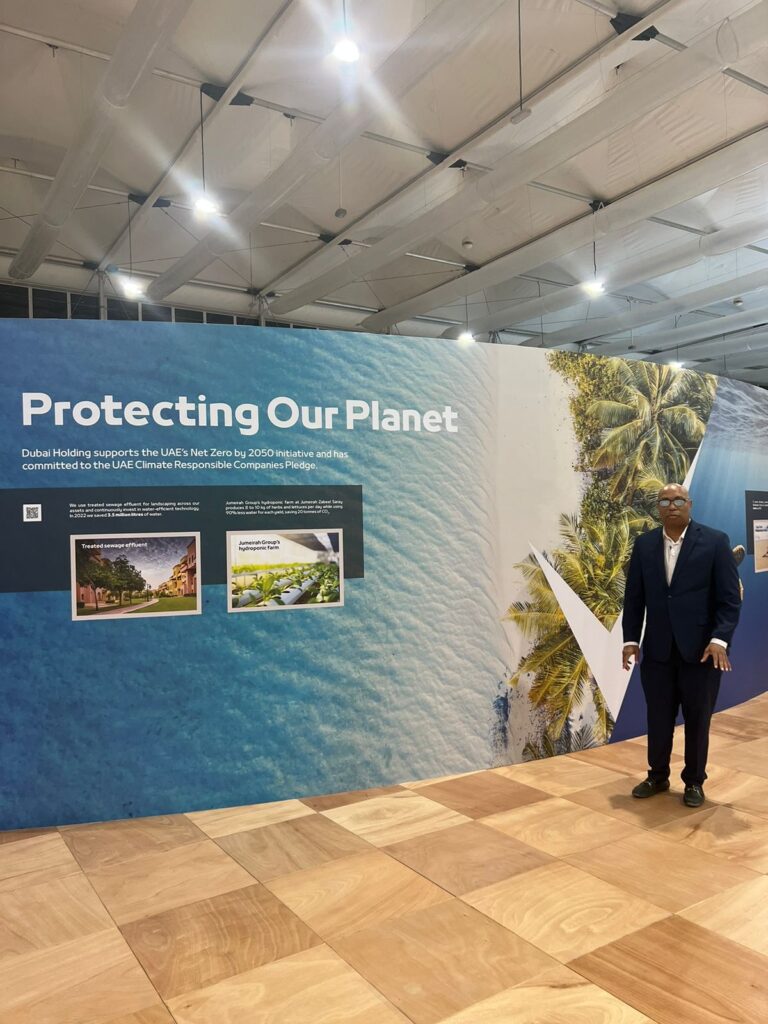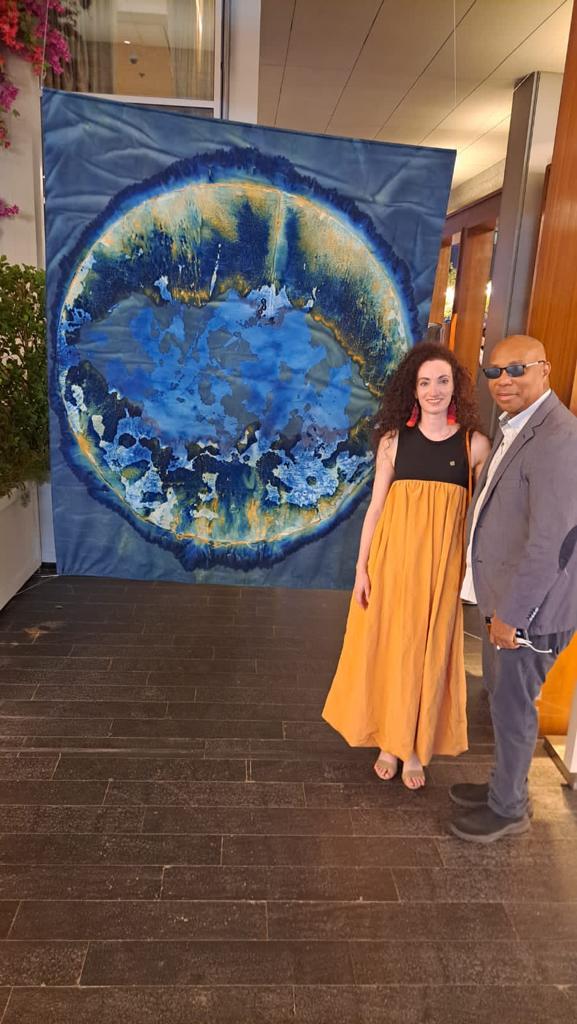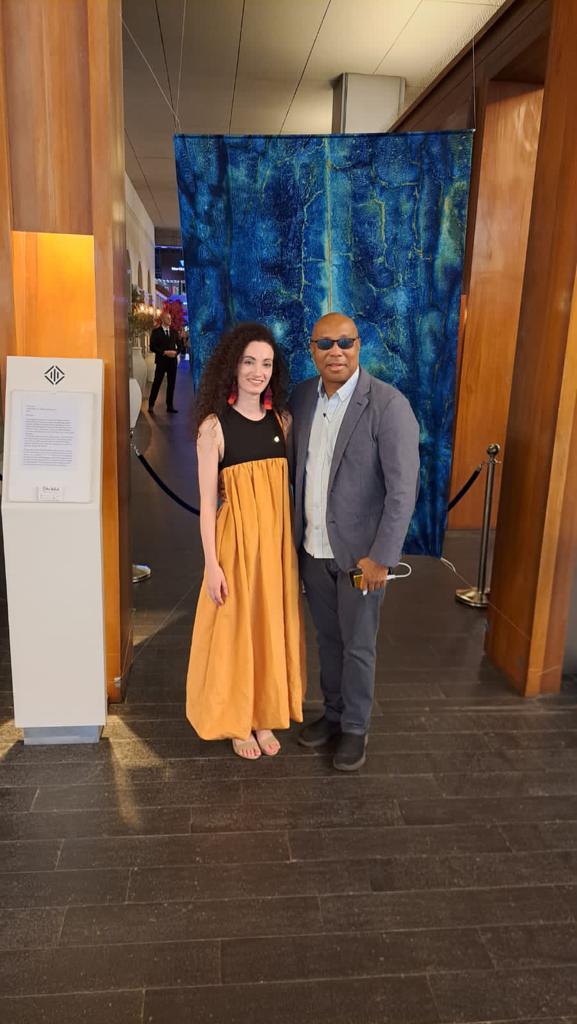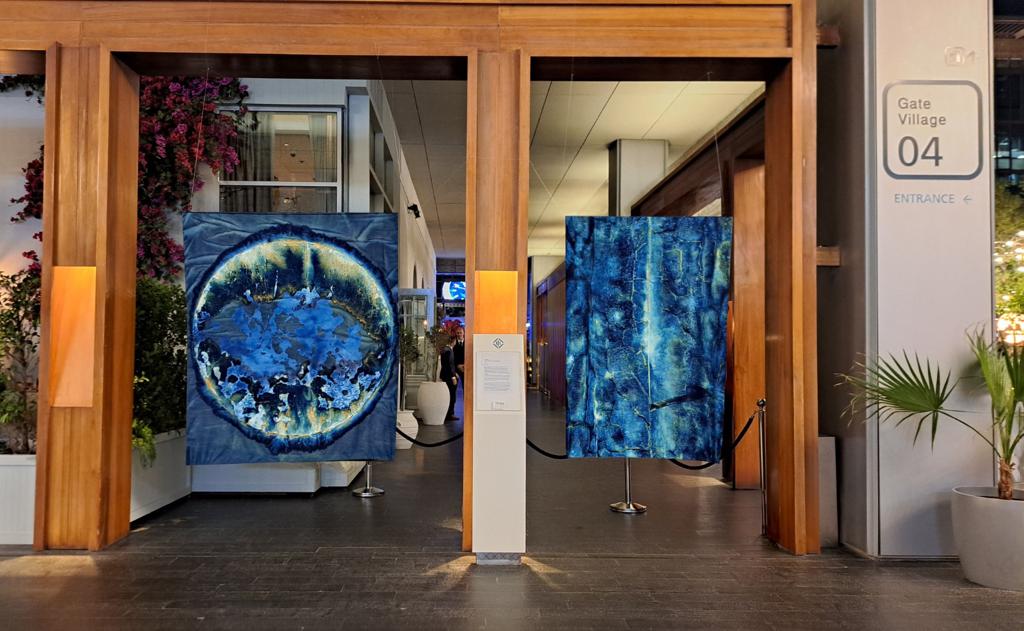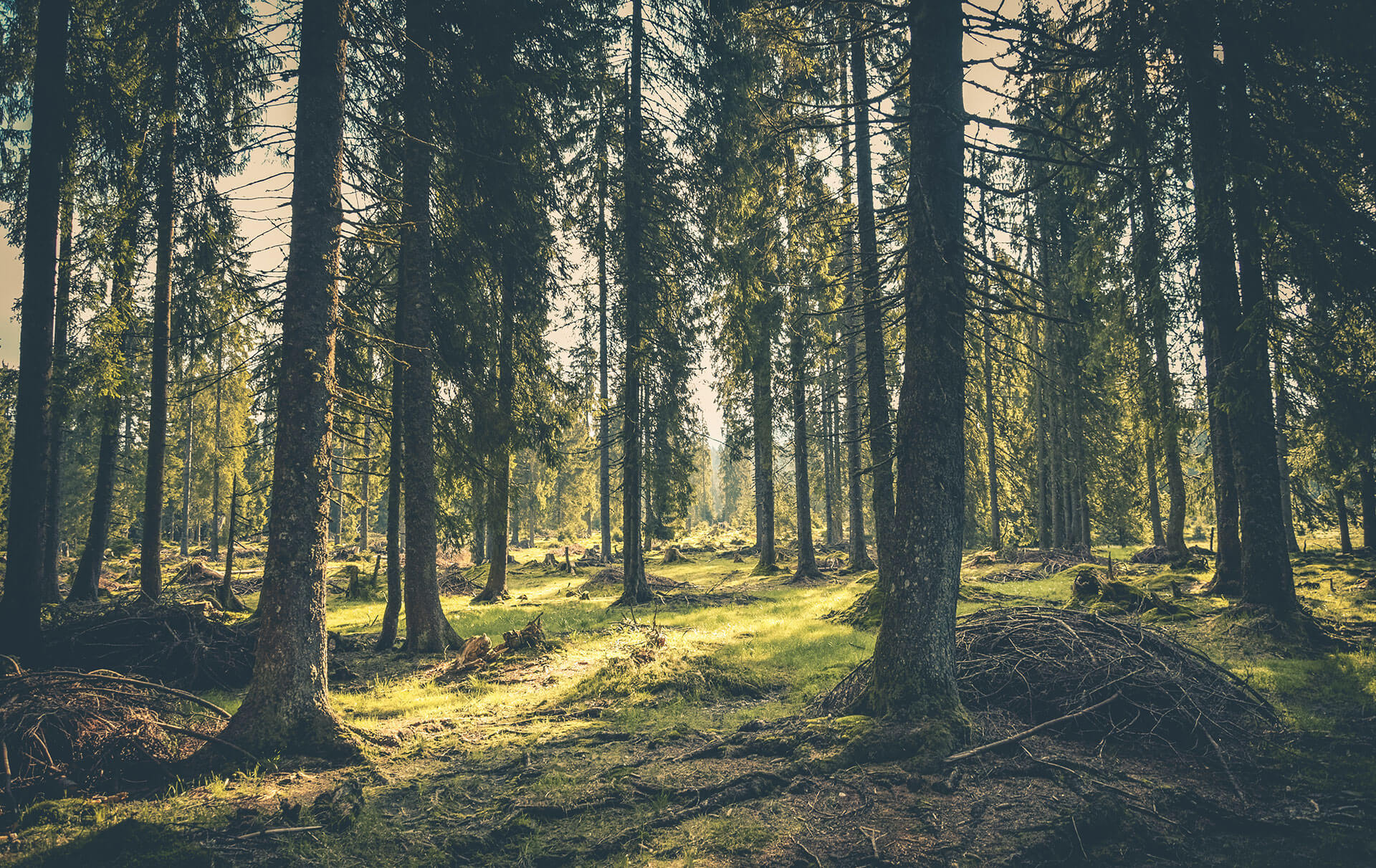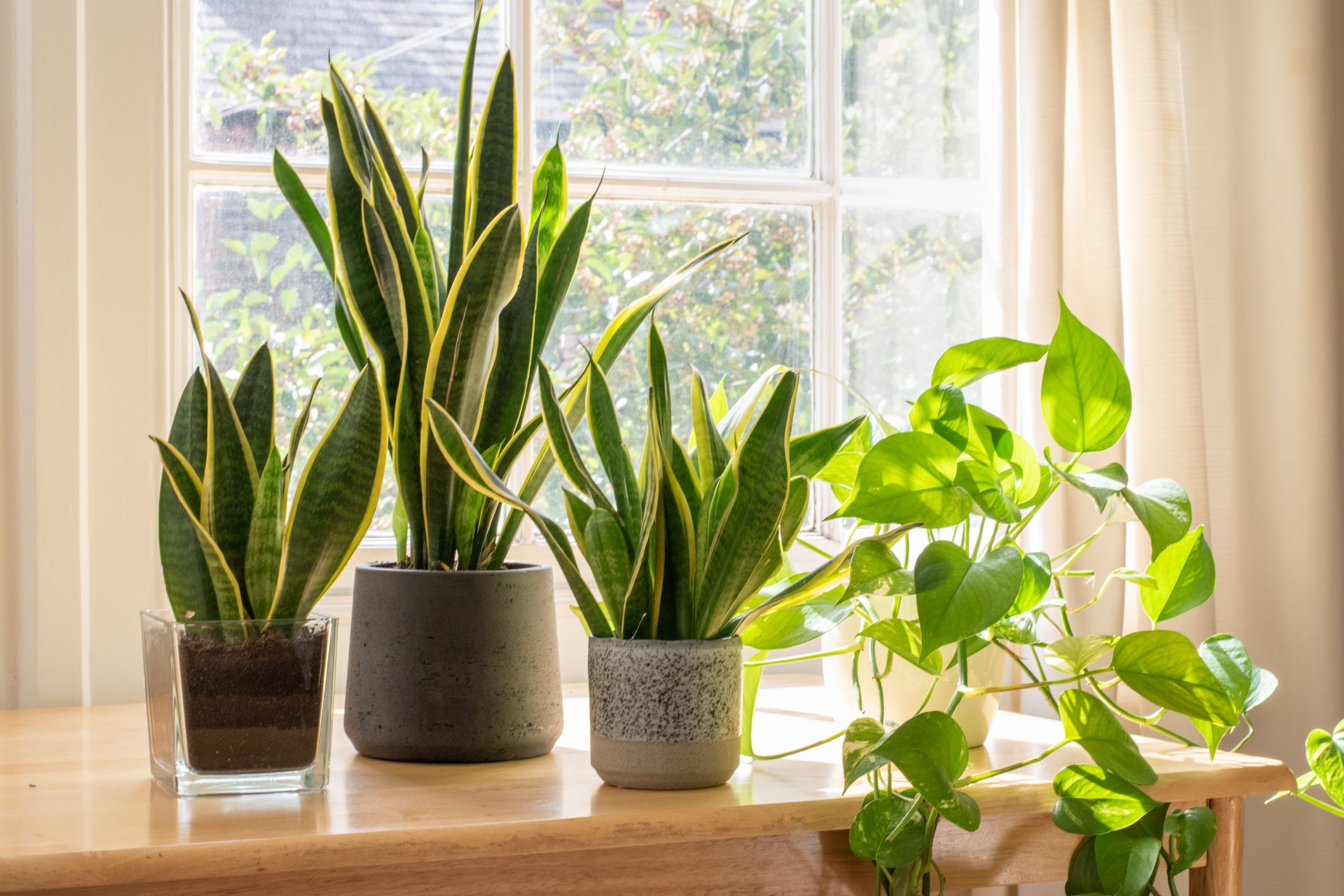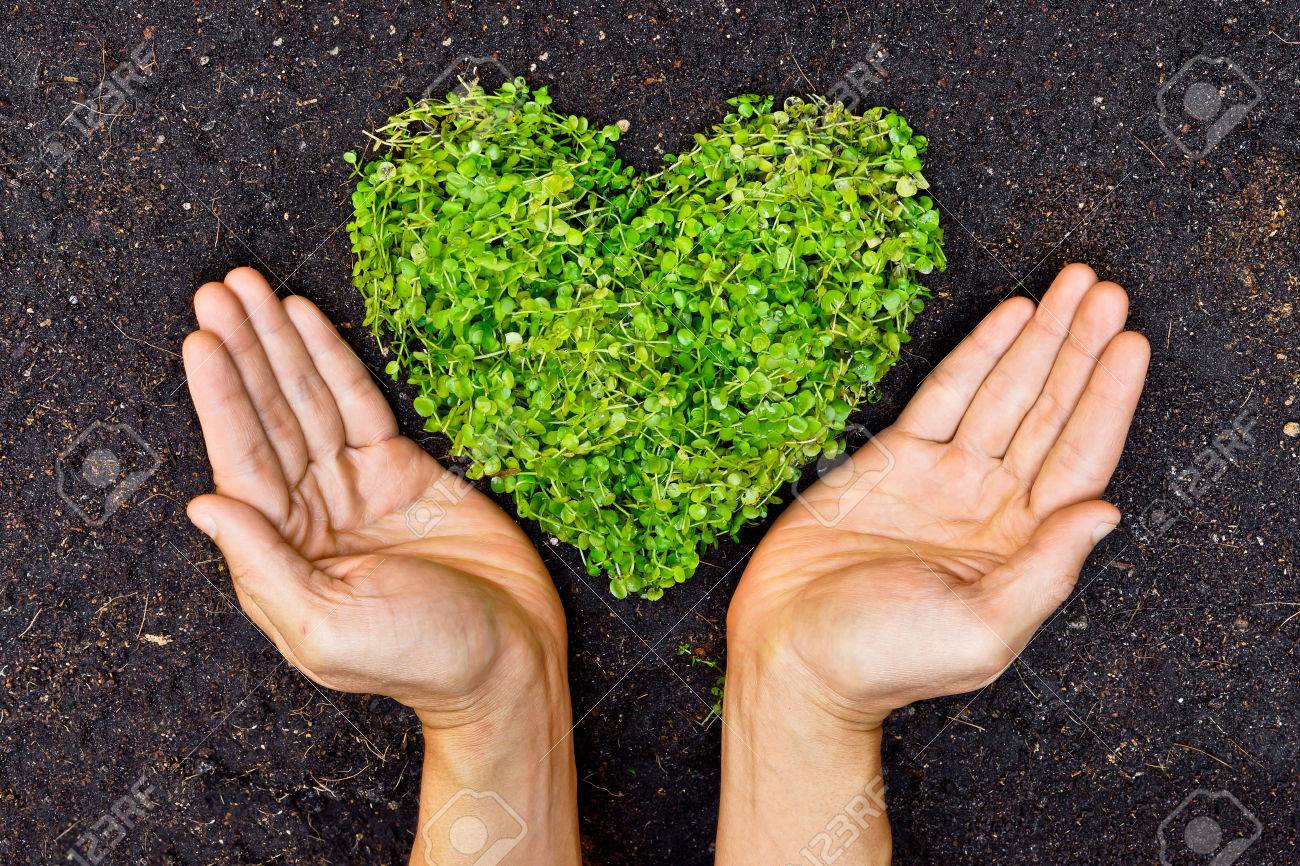
07Jul
Dubai is a city in the United Arab Emirates (UAE), known as one of the richest and most influential economies in the Middle East, and whose interest in Latin America – mainly in Panama – as a key destination for investment has been growing, according to marketing experts.
“In Latin America, Panama is the priority for investors from Dubai. I believe that Panama is ready to receive these investments and bring the growth it so desperately needs,” said Panamanian Maximiliano Nicolás, a digital marketing expert and representative of a company in Dubai that helps connect investors from that city with Panamanian companies.
Nicolás sees important opportunities to strengthen the Dubai-Panama relationship in areas such as logistics, transportation and port development.
He assured that Dubai investors have special interest in developing projects in the country, related to the real estate, agricultural, energy, tourism, import and export of products sectors.
“As we are a hub in Latin America, we have to take advantage of that opportunity and create that bridge to be able to maximize our economic and socioeconomic development within the country,” he expressed.
According to the interviewee, approaches have already been made with previous governments and several investors have been brought to the country; and now with the administration of José Raúl Mulino there are high expectations about the projects being sought.
However, he commented that to guarantee the investments that will be made, not only institutional security will be needed, but also financial security.
Between 2016 and 2021, the countries of the Cooperation Council for the Arab States of the Gulf (GCC) in Latin America represented 77% of the region’s total investments. Brazil and Mexico are among its main trading partners.

